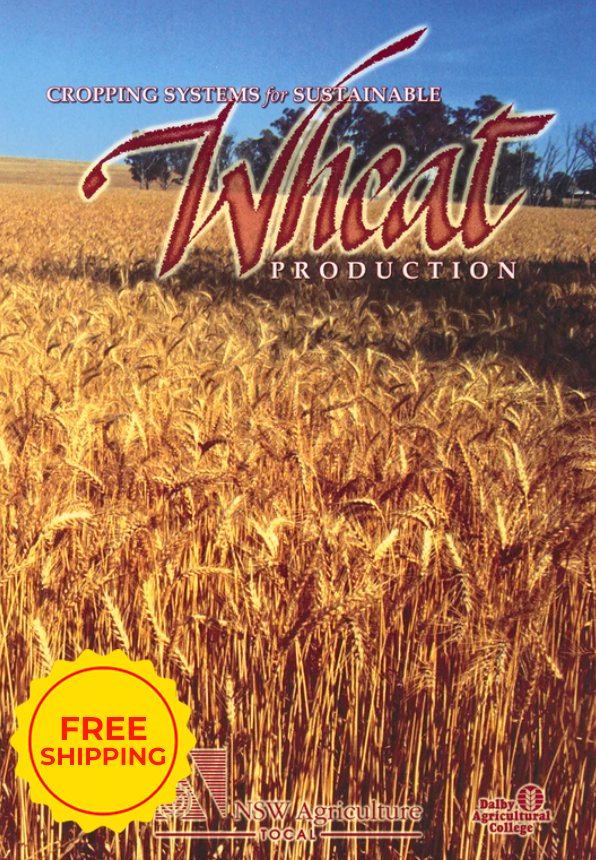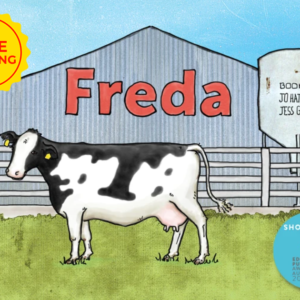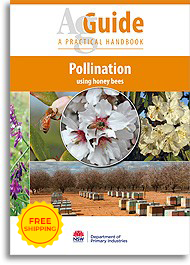Books, Free Shipping
Cropping Systems for Sustainable Wheat Production
$44.95
NOT available in-store, online orders only
A detailed look at wheat production from which crop to plant to sustaining the crop and harvesting.
Contents
- Chapter 1: Cropping systems and rotations
- Crop sequences
- Legumes
- Oilseeds
- Opportunity cropping
- Be aware of herbicides
- Acid soils
- Yield and profit
- Chapter 2: Selecting a crop
- What you need to consider
- Chapter 3: Life in the soil
- Microbes to encourage
- Chapter 4: The Plant
- Seed
- Roots
- Stems and leaves
- Let the plant grow up and down
- Growth stages and yield
- Flowers and grain
- Chapter 5: The seedbed and sowing
- Preparing the seedbed
- Cultivation methods
- Limiting machinery and animal traffic
- Advantages of reduced cultivation
- Overcoming problems and costs of zero-tillage
- Stubble
- Sowing
- Chapter 6: Soil structure and plant growth
- Signs of problems
- Suitable soils
- Light soils
- Chapter 7: Soil water
- Stored moisture
- Effecient use of water
- Drought years
- Chapter 8: Feeding the crop
- Know what your crop needs
- Stubble and nutrients
- Nitrogen
- Phosphorus
- Potassium
- Sulfur
- Zinc
- Plant tissue tests
- Chapter 9: Weed control
- Herbicides and tillage
- Rotation
- Fire
- Stock
- Weed control without chemicals
- Chapter 10: Crop health
- What causes diseases?
- Common diseases of wheat
- Chapter 11: Farm safety
- Taking precaustions
- Using chemicals
- Contract labour
- Tractor safety
- Grain storage and handling
- Sun and heat
- Be prepared
- Further information
- Chapter 12: Harvesting
- Chapter 13: Commonly asked questions (and answers)
- Glossary
- Appendix 1: Comparing yields of different cropping enterprises
- Appendix 2: Climate and agriculture decision making
- Appendix 3: Grain handling and storage
- Agfacts:
- E 3.10 Don’t be suffocated by grain
- E 3.7 Grain storage – grain sheds
- E3.5 Grain storage – ground dumps
- E 3.4 Grain storage – steel mesh silos
- E3.9 Storage capacity of circular silos and field bins
- E 3.2 Temporary grain storage
- E 3.6 Grain handling – auger conveyors






